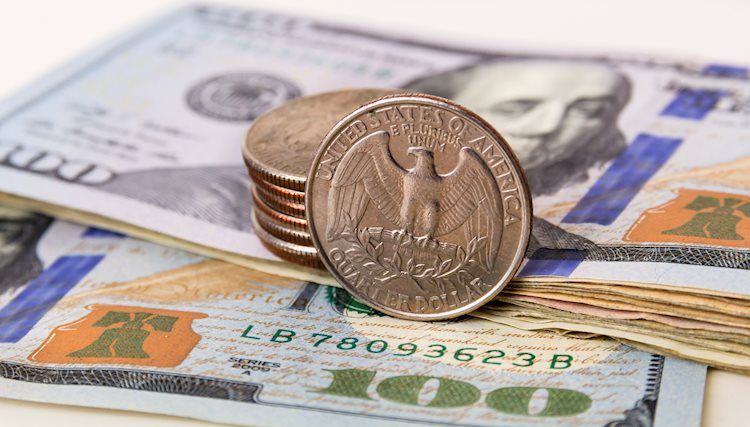The US Dollar opened Tuesday with a robust rebound, with the Dollar Index (DXY) rising to 105.70 after starting the week on a softer note. Despite a slight dip in Consumer Sentiment data, a recovery in US yields helped boost the currency. However, the economic outlook in the US remains mixed, with some signs of disinflation and cautious approaches by most Federal Reserve (Fed) officials.
Investors’ attention was focused on the Consumer Confidence Index released by the Conference Board on Tuesday, which showed a slight decline from the previous month. Looking ahead to Thursday, GDP revisions for the year are expected to remain stable at 1.3%. The highlight of the week will be Friday, with the release of the May Personal Consumption Expenditures (PCE) data, a key inflation gauge favored by the Fed. Expectations are high for a potential Fed rate cut, with a 70% probability of a cut possibly happening as early as September.
The technical outlook for the US Dollar remains positive, with indicators showing strength among bulls. The Relative Strength Index (RSI) remains above 50 and trending upwards, while the Moving Average Convergence Divergence (MACD) is building green bars, indicating bullish momentum. Additionally, the DXY Index is holding above the 20, 100 and 200-day Simple Moving Averages (SMAs), confirming an overall positive outlook.
The Federal Reserve (Fed) plays a crucial role in shaping monetary policy in the US, with a primary focus on achieving price stability and fostering full employment. The Fed adjusts interest rates to achieve these goals, with higher rates strengthening the US Dollar and lower rates encouraging borrowing. The Fed’s Federal Open Market Committee (FOMC) meets regularly to assess economic conditions and make policy decisions. In extreme situations, the Fed may resort to Quantitative Easing (QE) to increase credit flow, which can weaken the US Dollar.
Quantitative tightening (QT) is the reverse process of QE, where the Fed stops buying bonds and does not reinvest maturing bonds, which can be positive for the US Dollar. Understanding these policies and the impact they have on the US Dollar is essential for investors and traders looking to navigate the currency markets. As economic data continues to influence market predictions, staying informed about Fed decisions and economic indicators is key to success in trading the US Dollar.











